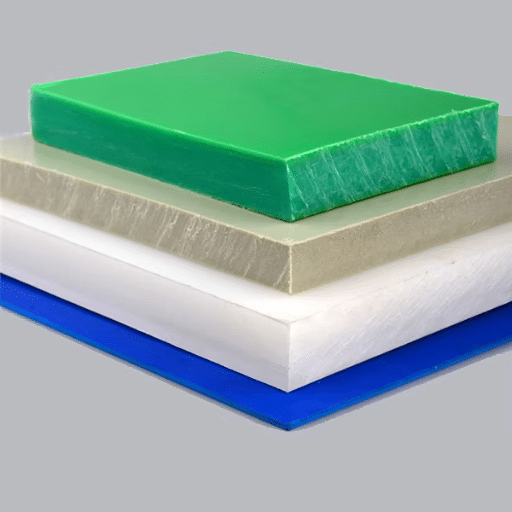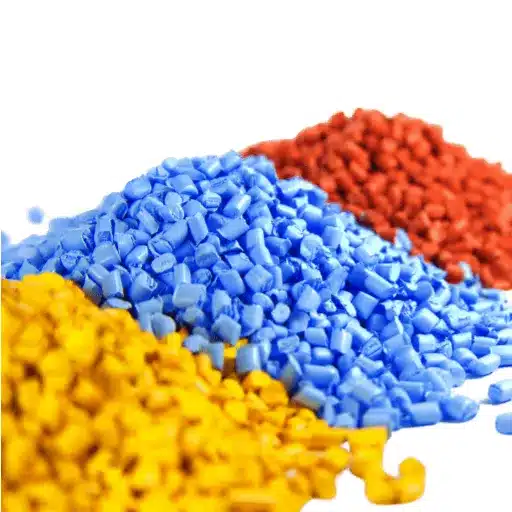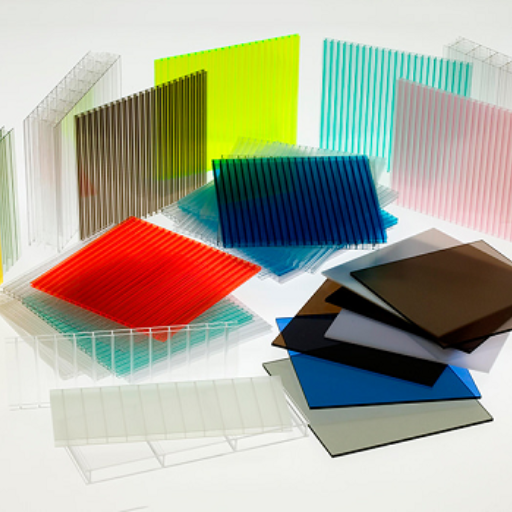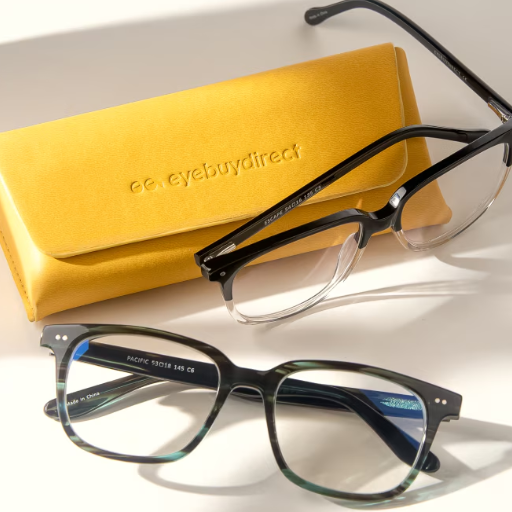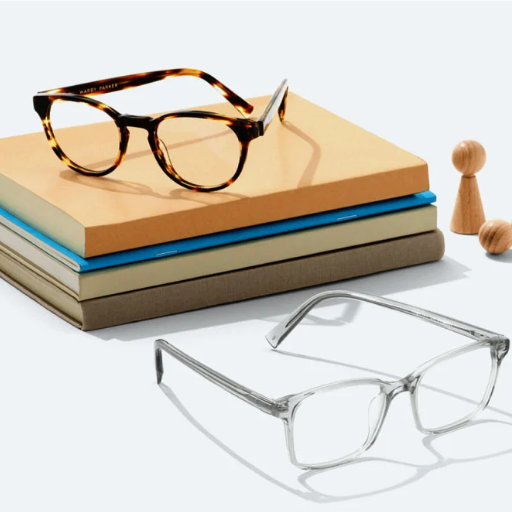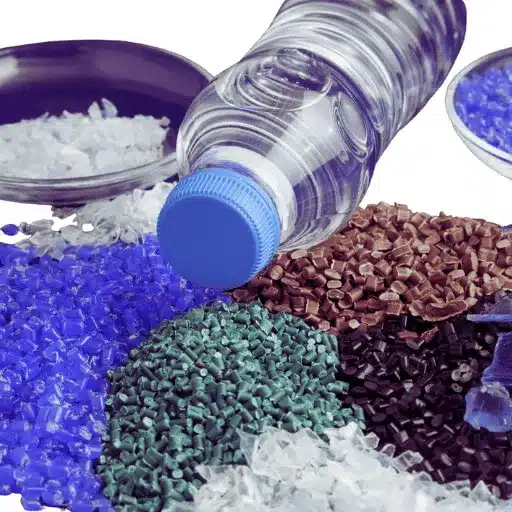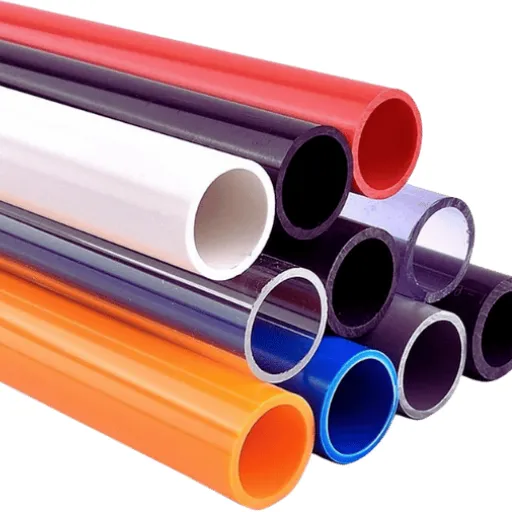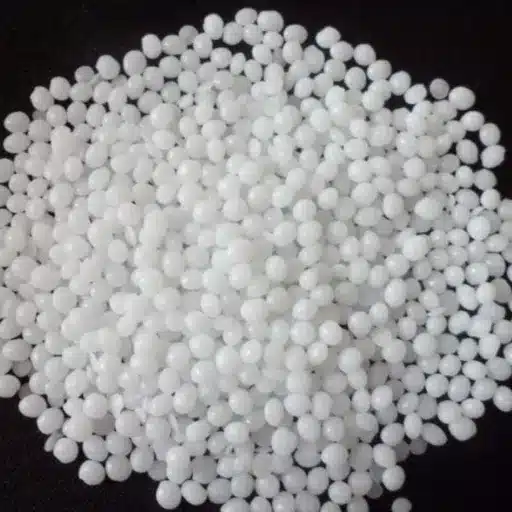Polymethyl Methacrylate (PMMA), known commercially as Plexiglas or acrylic plastic, is a plastic that has been incredibly useful from construction to medicine among other fields. It is remembered worldwide for its excellent light transmission, good weathering, and mechanical properties, PMMA being the vital part of various applications where instead of regular glass, it is used with creative solutions.
Understanding PMMA and Its Properties
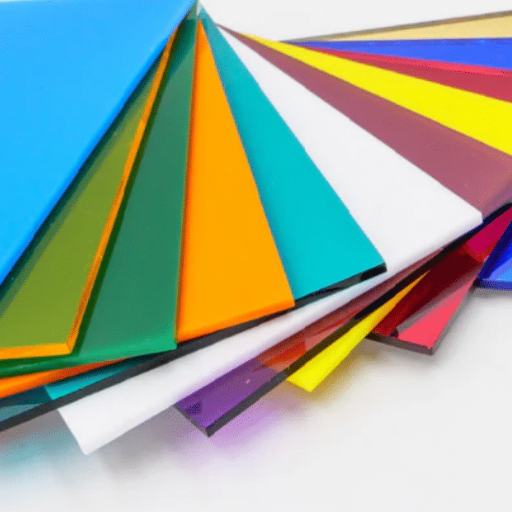
Polymethyl methacrylate (PMMA) also referred to as plexiglass or acrylic glass is an amazing and clear thermoplastic product that is lightweight. Moreover, the compound is also highly resistant to the hazardous ultraviolet rays and can be safely used outdoors over a prolonged period of time without inherent yellowing issues. On the other hand, PMMA to a moderate extent stands up to impacts as opposed to glass even though it is not strong enough when compared to polycarbonate.
What is PMMA?
PMMA stands for polymethyl methacrylate that is a thermo-plasticing with clear properties. It is used as a substitute for glass because it is weightless, less likely to break and less dangerous. Chemically, it is a polymer of methyl methacrylate and the formula for its production process is (C₅O₂H₈)ₙ.
Key Fact: PMMA’s characteristics improve by allowing light through to high levels reaching up to 92% depending on the glass whereas its performance is achieved with normal glass maximum at around 90%.
Key Properties of PMMA
Optical Transparency
Up to 92% of visible light passes through, making it one of the clearest plastics available.
High Impact Resistance
More resistant to breakage than glass, though not as tough as polycarbonate materials.
Thermal Stability
Melting temperature around 160°C (320°F) with heat deflection temperature of about 85°C.
Lightweight
Specific weight of only 1.18 g/cm³, much lighter than glass – ideal for aerospace and automotive.
Weather & UV Resistance
Excellent resistance to external weathering and UV degradation for outdoor applications.
Chemical Resistance
Resists diluted acids, alkalis, oils, and fats, though may be prone to stress cracking with solvents.
PMMA vs Other Acrylic Materials
| Parameter | PMMA | Other Acrylic Materials |
|---|---|---|
| Light Transmission | High transparency, up to 92% | Varies; some lower transparency grades |
| Impact Resistance | Moderate; weaker than polycarbonate | Some grades offer enhanced toughness |
| UV Resistance | Excellent; highly resistant to UV | Varies; some degrade under UV exposure |
| Weather Resistance | Strong; suitable for outdoor use | Varies; less durability in some types |
| Chemical Resistance | Good to acids and oils; solvent prone | Generally better against certain solvents |
| Thermal Stability | Moderate; softens around 100°C | Dependent on type; some handle higher heat |
| Surface Hardness | High scratch resistance | Varies; can be softer on some materials |
| Ease of Fabrication | Easily cut and shaped | Some types are more brittle to machine |
| Cost | Generally affordable and economical | Can vary significantly by composition |
| Environmental Impact | Recyclable and sustainable options | May depend on specific material formula |
The Manufacturing Process of PMMA
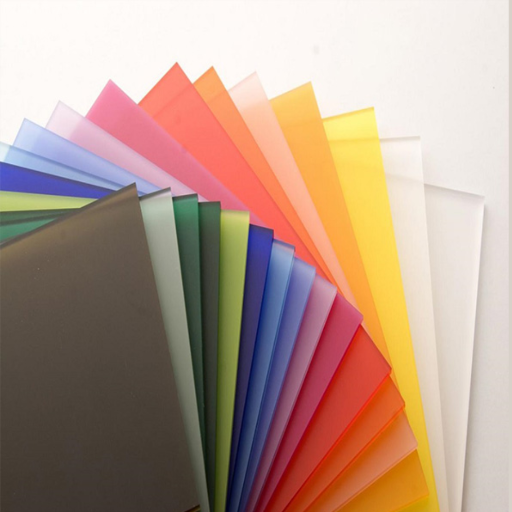
PMMA or polymethyl methacrylate is manufactured by a polymerization process. Typically, polymerization of PMMA occurs by free radical polymerization by the reaction of methyl methacrylate (MMA) monomers. The mechanism may be bulk, solution, suspension, or emulsion polymerization, depending on the final properties desired.
Raw Materials Used in PMMA Production
- Methyl Methacrylate (MMA): The primary monomer and key building block
- Initiators: Organic peroxides and azo compounds essential for driving polymerization
- Chain Transfer Agents: Used to control molecular weight of polymers
- Stabilizers: Added to enhance heat resistance and UV resistance
- Pigments/Dyes: Occasionally added for color variation without affecting clarity
Steps in the Production of PMMA
Methyl Methacrylate (MMA) Monomer Synthesis
Synthesis of methyl methacrylate (MMA), the main monomer used for producing PMMA, initiates the process. Usually occurs via acetone cyanohydrin (ACH) processes or more environmentally friendly newer processes such as direct oxidation of isobutylene.
Polymerization
MMA is subjected to polymerization to arrive at PMMA. This may be by bulk polymerization, solution polymerization, or suspension polymerization, with the choice of process dictated by the desired end-use properties.
Molding and Shaping
After polymerization, PMMA material may be sent for molding or extrusion. For extruded shapes, PMMA is heated until molten and pushed through dies to produce sheets or profiles.
Post-Processing and Additive Incorporation
Additives enhancing weatherability, strength, and coloration are introduced during or after polymerization and mixed evenly to ensure uniform properties.
Quality Control and Inspection
Rigorous checking of PMMA substances and products for their physical, mechanical, and optical characteristics to ensure industry standard compliance.
Quality Control in PMMA Manufacturing
Modern manufacturing of PMMA works with advanced quality control techniques to secure highest-quality production and product uniformity:
- Non-destructive Testing: Ultrasonic inspection to detect internal inconsistencies and voids
- Optical Testing: Spectrophotometers gauge optical clarity and light transmittance accurately
- Mechanical Testing: Standardized tests for tensile strength, elongation, and impact resistance
- UV Resistance Testing: Accelerated weathering tests using xenon arc exposure
- Data Analysis: Advanced analytical software for trend analysis and performance optimization
Applications of PMMA Across Industries
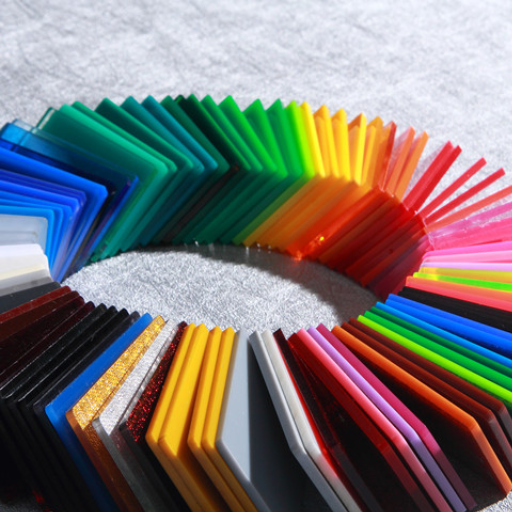
Because of its clarity and durability and good weather resistance, PMMA is widely used in several industries.
Automotive Industry
PMMA is suitable for covering vehicle lights, dashboards, and sunroof panels where impact resistance and great optical properties are demanded.
Construction and Architecture
Offers a lightweight and shatterproof alternative for windows, skylights, and interior designs.
Medical Field
PMMA is needed for optical lenses, medical equipment, and dental prosthetics due to its biocompatibility.
Electronics
Used in screen displays and protective panels wherever optical clarity is necessary.
Advertising and Retail
Signage, display cases, and illuminated advertising where PMMA’s brilliance and rich appearance excel.
PMMA in the Automotive Industry
Polymethyl methacrylate produces a paramount effect on the automotive industry with regards to its durability, optical clarity, and lightweight nature. It finds extensive automotive-use in applications, where high transparency and weather resistance are of prime importance, such as light covers for headlamps and tail lamps.
Performance Impact: Studies show that the use of PMMA in vehicles reduced weight by about 40% compared to glass, without compromising safety and visual clarity.
Biomedical Applications of PMMA
Bone Cement
In orthopedic surgeries, PMMA is used as bone cement to fix prostheses in joint replacement techniques. PMMA bone cement provides adequate strength, with capacity to resist compressive forces of 70-100 MPa.
Ophthalmic Devices
Intraocular lenses (IOLs) used in cataract surgery employ PMMA for its extraordinary optical transparency and high refractive index to develop visual acuity and maintain durability.
Dental Applications
In dentistry, PMMA finds application in dentures, retainers, and temporary crowns. Flexural strength for PMMA dental materials varies in the range of 60-100 MPa.
Cranial Implants
PMMA is used for cranial implants customized for cranio-maxillofacial surgeries, given its strength, pliability, and bone-mimicking properties.
Medical Device Components
Because of its clarity, resistance to chemicals, and ability to maintain sterility, PMMA is generally used in medical tubing, reservoirs, and components for diagnostic instruments.
PMMA in Construction and Architecture
Long used in construction and architectural implementations, PMMA integrates the properties of durability, optical clarity, and weather resistance. Its ability to transmit 90% of the incident light qualifies it as the best material for skylights, windows, and canopies.
- Tensile Strength: Approximately 70 MPa
- Light Transmission: Up to 90% of incident light
- Applications: Sound barriers, protective glazing, structural members
- Advantages: UV resistance prevents yellowing and degradation
Benefits of Using PMMA
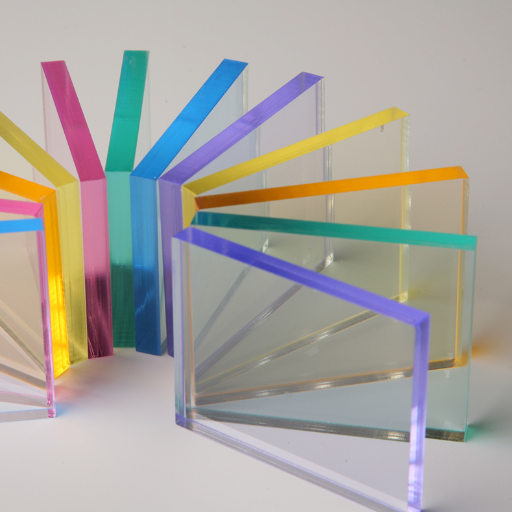
Exceptional Optical Clarity
PMMA transmits light and clears visibility far better than other materials, fitting applications requiring clear surfaces free of distortion.
Lightweight yet Durable
Significantly lighter than glass while offering high impact resistance, ensuring longevity and facilitating handling.
Weather and UV Resistance
Against strong sunlight and weather conditions, PMMA prevents yellowing or degradation, maintaining function and appearance.
Design Flexibility
Willingness to take shapes and forms for various purposes, exercised for architectural and industry requirements.
Energy Efficiency
Energy conservation is supplemented by good insulation qualities in applications such as window surface heat transfer reduction.
Versatility in Application
Significant roles in contemporary optical and display technologies, from smartphone screens to precise optical apparatus.
Emerging Trends and Future of PMMA
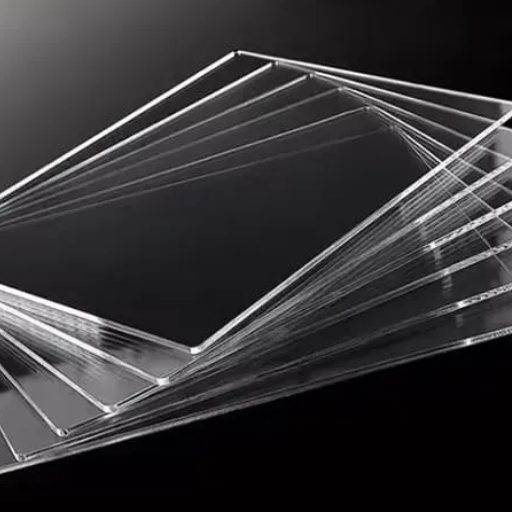
Current trends in PMMA focus on its growing applications in sustainable and high-performance materials. With the surge for green alternative solutions, bio-based PMMA and recyclable formulations are proposed among researchers to curb the impact on the environment.
Sustainability Efforts in PMMA Production
- Bio-derived Feedstocks: Use of renewable organic compounds to lessen reliance on fossil-derived resources
- Closed-loop Recycling: Efficient recovery and reuse strategies, limiting waste and environmental degradation
- Energy-efficient Production: Optimization of polymerization processes to reduce greenhouse gas emissions
- Carbon Footprint Reduction: Studies show recycled PMMA can reduce carbon footprint by 40% without compromising performance
Innovations in PMMA Applications
- Medical Devices: Lightweight shatter-resistant lenses and surgical instruments
- Renewable Energy: Solar panel technology utilizing weather resistance and light transmission properties
- Advanced Coatings: Research into wear resistance and thermal insulation applications
- 3D Printing: Expanding applications for complex prototypes and medical instruments
- Electric Vehicles: Lightweight components for improved efficiency
Reference Sources
- Recycled PMMA in Denture Base Materials
Study exploring integration of recycled PMMA particles into heat-cured denture base materials. - PMMA Bone Cement Modifications for Orthopedics
Review discussing advancements in PMMA bone cement for orthopedic surgeries. - PMMA/PEG Nanocomposites for Optoelectronics
Research on PMMA/PEG blends doped with nanoparticles for optoelectronic applications.
Frequently Asked Questions (FAQs)
Polymethyl methacrylate, commonly known as acrylic, possesses several desirable properties that make it suitable for various applications. It is a lightweight yet tough synthetic polymer with excellent optical clarity, making it a popular choice in applications requiring transparency, such as contact lenses and acrylic sheets. The material properties of PMMA include high resistance to UV light and weathering, which enhances its durability in outdoor settings.
PMMA has been widely adopted in biomedical applications due to its biocompatibility and favorable mechanical properties. It is commonly used to produce PMMA denture bases, providing a lightweight and aesthetic option for dental prosthetics. The polymerization of methyl methacrylate allows for the creation of a stable and durable material that can withstand the demands of oral environments.
While PMMA is a type of acrylic, it is essential to understand its unique characteristics compared to other acrylic polymers. PMMA, often referred to as acrylic glass, is known for its superior optical clarity and resistance to impact, making it a preferred choice in applications where transparency and durability are critical. PMMA is less likely to shatter compared to glass, providing a safer alternative in many applications.
PMMA is extensively used in the construction and design sectors due to its aesthetic appeal and functional properties. It is often used in the form of acrylic sheets for windows, skylights, and light fixtures, providing a lightweight yet durable alternative to glass. The fabrication of PMMA allows for versatility in design, as it can be molded into various shapes and sizes.
When comparing PMMA to glass, several differences stand out. PMMA is significantly lighter than glass, making it easier to handle and install in various applications. Moreover, while glass can be brittle and prone to shattering, PMMA is much more impact-resistant, reducing the risk of breakage. PMMA also exhibits superior optical clarity and is less likely to yellow over time when exposed to UV light.






